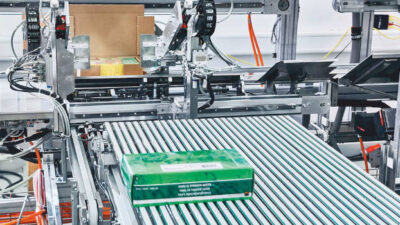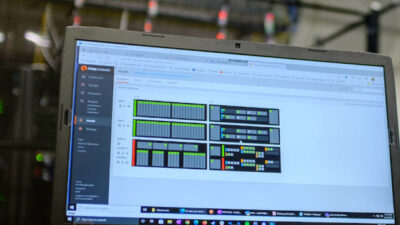Energy measuring, monitoring, and optimization are hot, and industrial network organizations want to help control energy information. See diagram.
Who wants to save more than $120 billion in energy by 2015? ODVA is undertaking what seems the most expansive energy control effort to date by an industrial network organization, expanding beyond the manufacturing space (where two other network organizations have focused) to also address facilities infrastructure, metering and management, as well as the industrial enterprise, and power grid.
ODVA Optimization of Energy Usage (OEU – see supporting diagram above) expands beyond the plant floor, with a holistic smart grid, Internet of things (IOT) approach. OEU is described as comprehensive, scalable, inclusive, and open, with plans to standardize reporting by 2012, manage consumption and peak demand by 2014, and dynamically manage (control) transactions across domains in the 2013 to 2020 timeframe. (ODVA manages the Common Industrial Protocol networks: EtherNet/IP, DeviceNet, ControlNet, and CompoNet.)
Previously, SERCOS vendor organizations released an energy profile specification for the SERCOS III Real-time Ethernet Communications System to reduce the permanent load of machines, improve energy use through more efficient partial loading, and turn off unused machines. Separately, PROFIenergy, a vendor-neutral energy savings profile, allows operators to achieve effective energy management by integrating the profile via firmware into robots, lasers, controllers, drives or other components to standardize operator input for parameterization, runtime, and diagnostics, according to Profibus Nutzerorganisation.
Those involved with the ODVA OEU effort (a team of 15 from ODVA and member companies Cisco, Molex, Rockwell Automation, and Schneider Electric) have been at it for more than a year, and have been watching concurrent energy management profiles and standards during that time, including and incorporating elements of the data model from the Internet Engineering Task Force (IETF) Energy Management Framework (EMAN) group. There seems to be no desire to duplicate efforts. Many incentives exist to make it work.
The industrial sector consumes half the world’s total delivered energy, the largest piece of the energy pie, according to a new ODVA OEU white paper; global industrial energy consumption is projected to increase 40% from 2007 to 2035, with emerging economies in non-OECD countries accounting for 95% of that consumption. (OECD is the 34-country Organization for Economic Co-operation and Development.) Potential energy savings opportunities for the industrial sector alone could exceed $120 billion in 2015, ODVA said.
Why? Energy is an invisible cost of production, an unmanaged resource in industry and other sectors. Detailed, standardized energy knowledge can lead to automated energy savings. Money and productivity can flow across a smart grid and an energy-enabled Internet of things. Knowledge is power. And vice versa.
https://www.sercos.com/news/012611.htm
https://www.profibus.com/technology/energy-efficiency/
www.controleng.com/channels/sustainable-engineering.html is the Control Engineering Sustainability Channel, with other sustainable engineering news and trends.
– Mark T. Hoske, CFE Media, Control Engineering, www.controleng.com




